Craft brewery owners know that the money is in the taproom. It is the banana stand of the craft beer industry. As we start a new year and consider where to go next, here are some of our favorite taproom expansion concepts with some recent examples.
Permanently park a food truck on site.
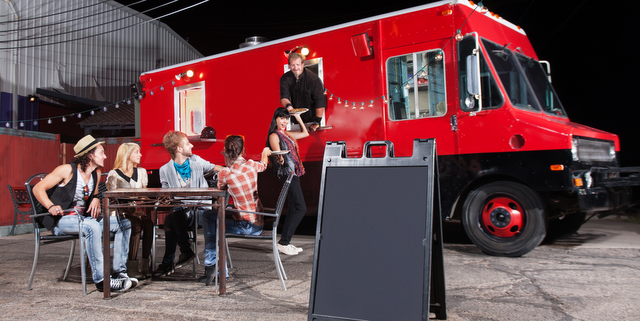
Let’s start simple. Not having a kitchen is great for bottom line reasons, but try and tell that to hungry customers. Partnering with local food trucks or nearby spots for delivery might be good enough, but investing in your own food truck can be a nice, compromise that won’t destroy your margins.
Reuben’s Brews is doing this with the recently announced Reuben’s Eats. This is a food truck that will be permanently parked on site and will offer quality eats, sourcing most of the ingredients from local growers, producers, and purveyors. “We’ve approached recipe development for our food the same way we’ve always approached our beers: unbound by constraints, with an unwavering focus on quality,” says co-founder Adam Robbings.
This is a cool concept because there is no kitchen on the premises at Reuben’s taproom and 15-barrel brewhouse. “We would have had to do a major remodel and likely be stalled with permitting for far longer than it took with our food truck,” they tell us, which is a big reason why so many breweries bring in outside food vendors.
Thus, Reuben’s Eats can just go for that mobile food vending permit. It is under the same business license as Reuben’s Brews.
Go all in on a niche.
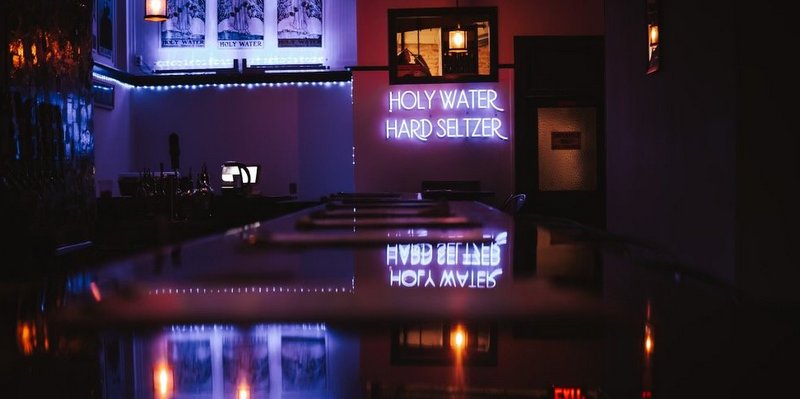
You already have a spot to pour your finest beers. If you open up a new location far enough away, you could possibly recreate that same concept and find a similar success. It certainly helps to ply a proven model.
But then again, the further you move from your backyard, the less weight your brand might have. Maybe that local cache doesn’t follow. So, maybe there is an opportunity to do something new where you’ve already built your name but that doesn’t accidentally cut into your existing taproom business.
Some breweries go the brewpub / full kitchen route. Some go beyond beer altogether and try a coffee shop.
Thirsty Monk is trying something interesting: Going all in on hard seltzer. This isn’t a move out of nowhere. Thirsty Monk launched its Holy Water line up of hard seltzers in 2019 and rebranded its Gerber Village location as the Holy Water Brew Pub in 2021. Now, with demand for the brand proven, and the support of contract brewing from Green Man Brewing, Holy Water is poised to expand both in distribution and in location, via a dedicated Hard Seltzer bar.
Collaborate with like-minded, local partners and build something new.
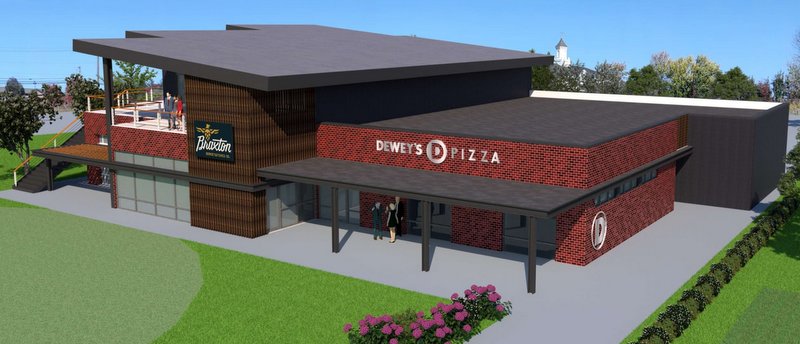
Plenty of breweries join on with developers that have plans to build up a “district” of restaurants, shops and cafes that all have a similar vibe and feel. But why wait for a developer or city planner to come calling?
In Cincinnati, Braxton Brewing Co., Graeter’s Ice Cream and Dewey’s Pizza — frequent collaborators over the years — are teaming to open a 20,000 sq ft greenspace and destination beer garden / pizza shop and ice cream parlor in Union, Ky.
“Opening this new taproom in Union brings Braxton full circle. We grew up less than 100 yards from this new destination so this project truly brings us back to our roots. This is where we come home,” said Jake Rouse, Co-Founder and CEO of Braxton Brewing Co. “Not only are Graeter’s and Dewey’s great partners and pillars of the community, but they’re also the perfect way to make taproom guests smile. We want to bring three local favorites under one roof, once again.”
We followed up with Rouse to learn a bit more into how this will work and how it came together.
Why the Kentucky location?
Rouse: The uniqueness of the space in Kentucky is that it’s right next to where we grew up on Braxton Drive – less than 60 yards from our childhood home. It allows us to pay homage to where we got our start, and continue to celebrate our community and where we’re going.
How was the space acquired? Did the three of you have to form a joint venture of some kind?
Rouse: We’ve obviously collaborated with the Graeter’s family before. This time, however, we decided to do something more than a simple product collaboration. The Braxton and the Graeter’s brands overlap in lots of ways, so it just made sense to expand the partnership into a physical location. Once we found the site in Union, it became about how we can make it all a little more special. That’s when Dewey’s came into the picture and we got to work on creating a space to bring all these local brands together seamlessly.
We are building the facility to meet our individual brand needs, with this particular collaboration in mind. We’re creating a site that’s complementary to all three brands. Although financially strategic, the impetus for the partnership was the beauty of the partnership itself.
How will the size of the new taproom compare to what Braxton is already working with?
Rouse: The capacity of the actual location will be about the same size of Braxton’s Covington taproom – about 6,500 sq feet. We will also be producing beer at our Union taproom and using the location to create unique styles of beer on site.

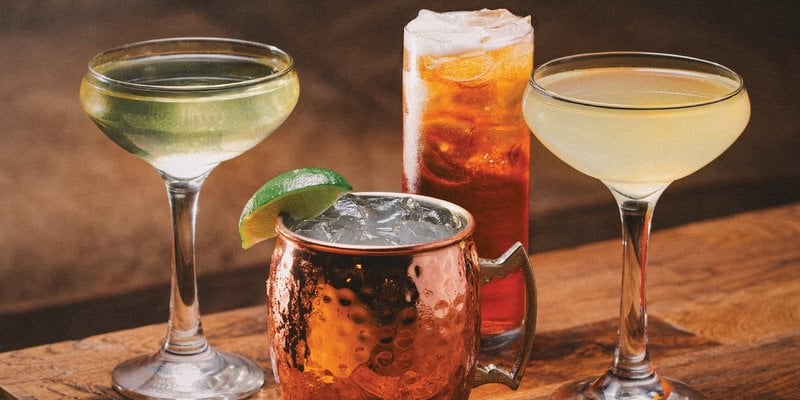
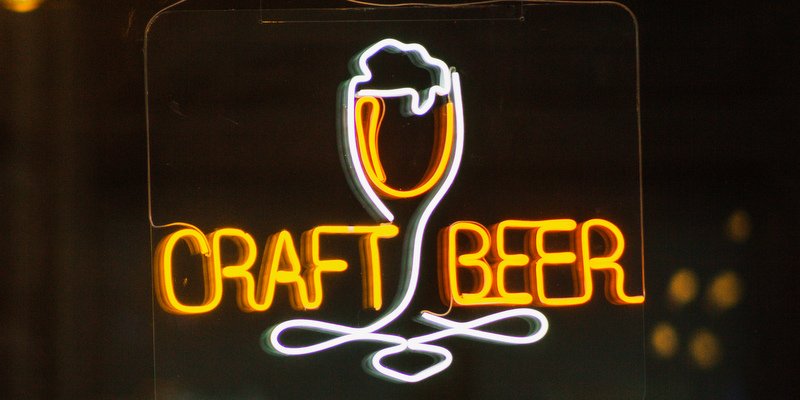
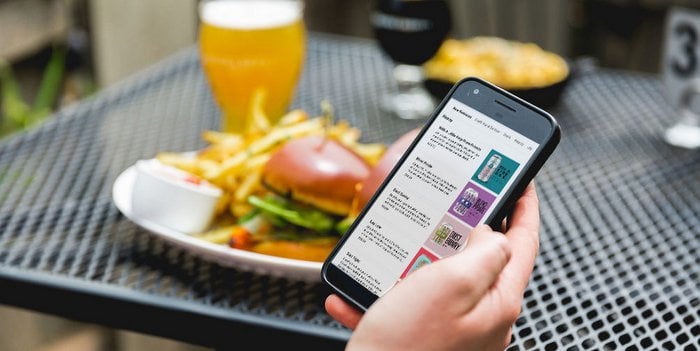
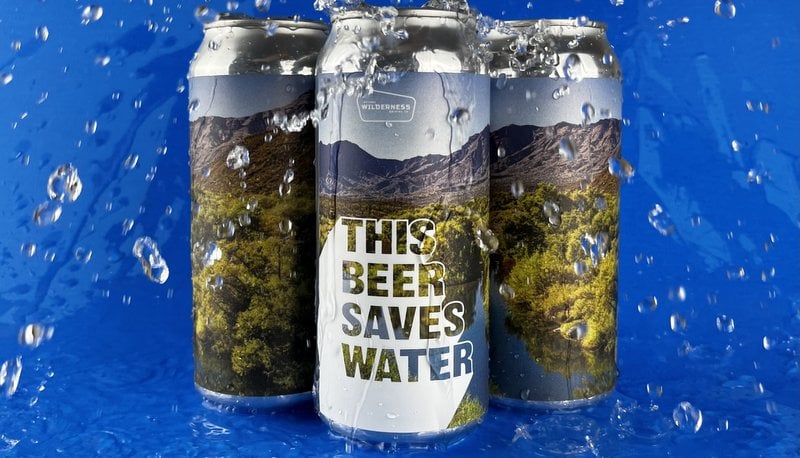
Tony Williams says
Pam Williams